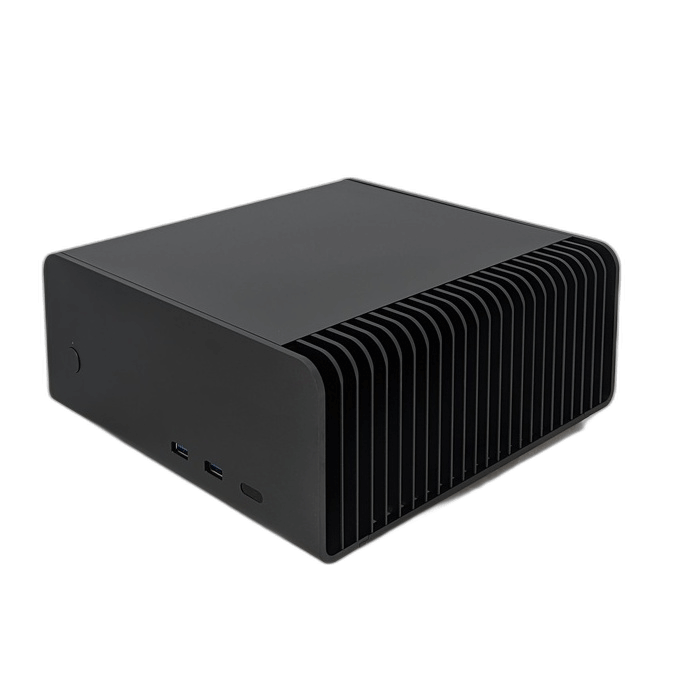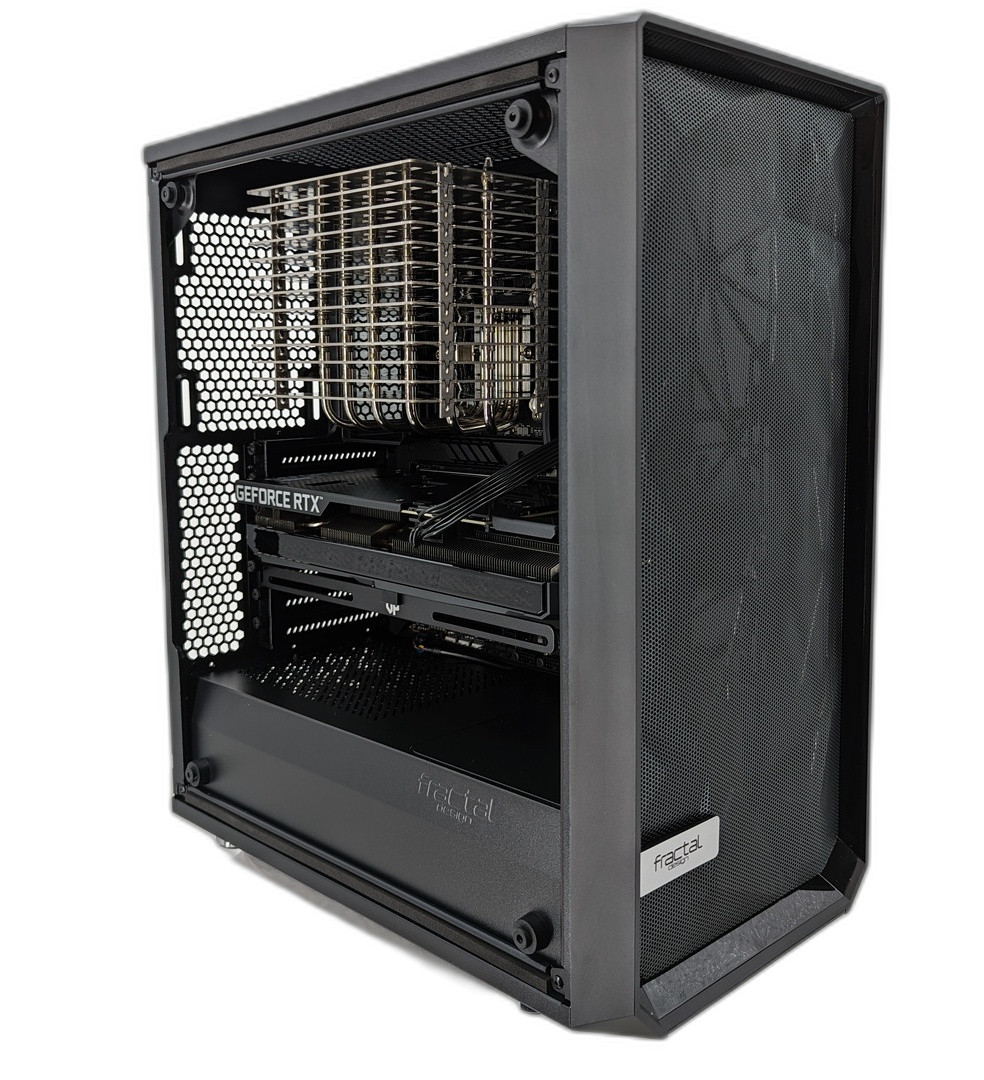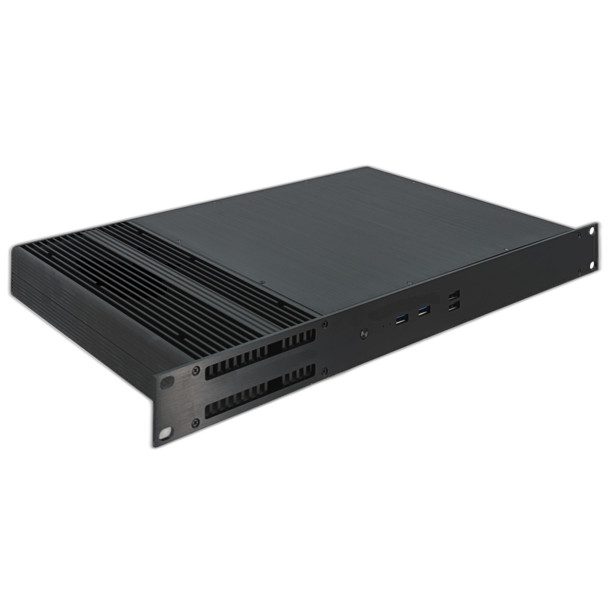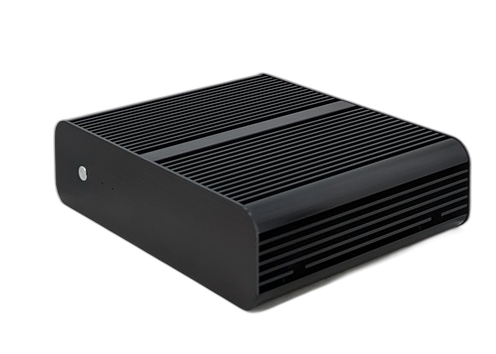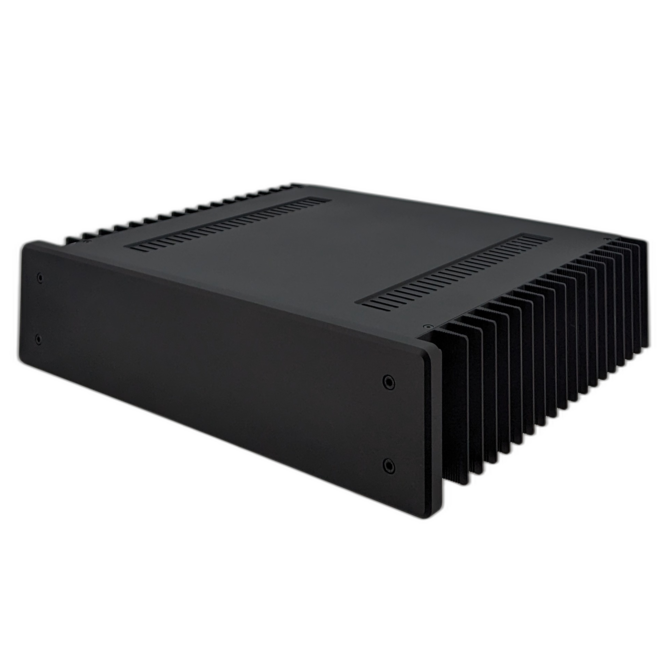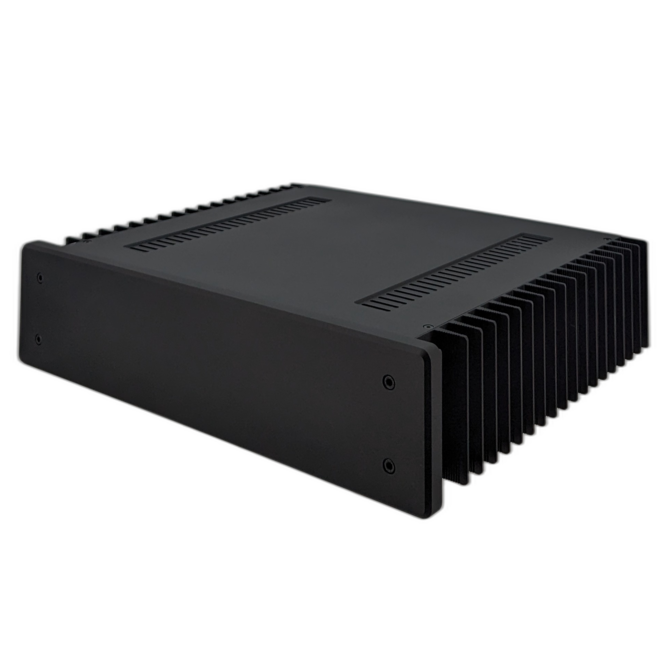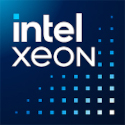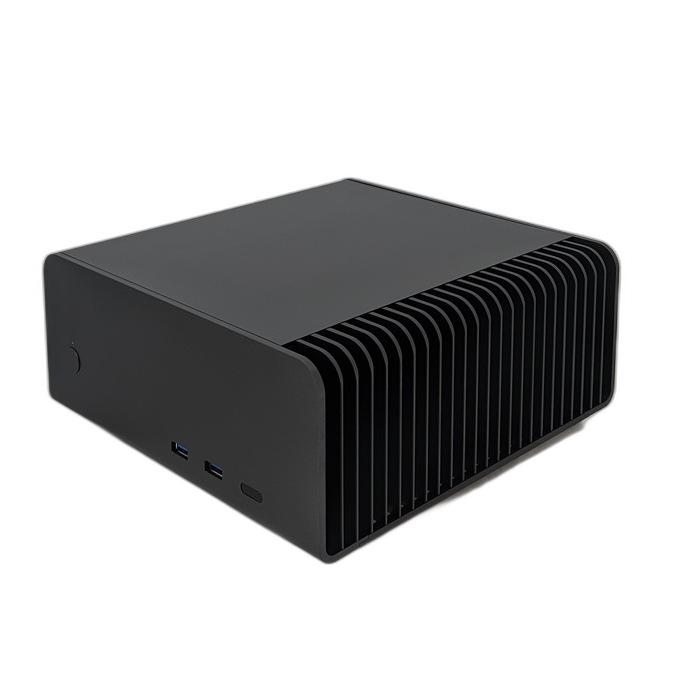Warning: Technology changes very quickly so it is always recommended that you look at the date when the article was last updated. If you have any questions feel free to contact us.
Article Date: 06-08-2014
Decibels dBA
In your search for the quietest computer parts (or in your search for a well designed Quiet PC), it is important to know something about bels and decibels (a decibel is a 10th of a bel). For the purposes of this article, we will briefly explain the concepts behind decibel ratings, and then provide some practical information on how to use the decibel scale. The internet is rich with information about the decibel scale, if a more technical description is desired.
What is a Decibel?
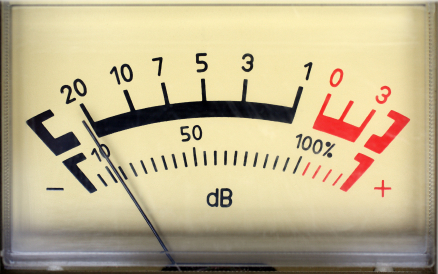
A decibel itself is simply a logarithmic unit to measure the ratio between two numbers used primarily to measure power or intensity. For this article we will talk about decibles in the context of sound. Sound decibels are known as dB SPL or the Decibel Sound Pressure Level.
Each step up the decibel scale represents a doubling of the total sound pressure levels. So, for instance, a twenty decibel sound is ten times louder than a ten decibel sound, and represents a hundred point jump up the decibel scale (10x10=100). A thirty decibel sound is a thousand point jump up the scale (10x10x10=1000). You can see from this even small differences in decibel numbers represent a large difference in overall sound pressure levels.
Decibel Ratings
dBA
For most of the quiet products we sell an A-weighting is applied. A-weighted decibels are abbreviated dB(A) or dBA. The A-weighting curve has been widely adopted for environmental noise measurement, and is the standard in many sound level meters (dBA meters). A-weighted sound level measurements are numerically adjusted to reflect the frequency-dependent nature of human hearing at low sound levels.
dBA (Decibel) Scale Examples:
-
190 dBA Heavy weapons at 10 m behind the weapon (maximum level) 130 dBA Loud hand clapping at 1 m distance (maximum level) 110 dBA Siren at 10 m distance; frequent sound level close to loudspeakers at rock concerts 95 dBA Loud crying, hand circular power saw at 1 m distance 80 dBA Very loud traffic on an expressway at 25 m distance 60 dBA Noisy lawn mower at 10 m distance 50 dBA Refrigerator at 1 m distance; bird twitter outside at 15 m distance 45 dBA Noise of normal living; talking or radio in the background 40 dBA Distraction when learning or when concentration is needed 35 dBA Very quiet room fan at low speed at 1 m distance 25 dBA Sound of breathing at 1 m distance 0 dBA Auditory threshold
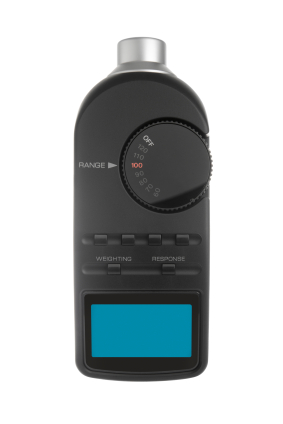
How loud is my computer part?
In the real world finding out how loud one product is when compared to another, can be far trickier than an equation.
There are many factors inside your PC which will influence noise, these factors include your case's potential either to dampen (quiet) noise, or to increase the vibration of a particular device. It is wise to search for a case that hinders vibration, dampens noise, and yet still provides for ample airflow.
Another factor which makes it difficult to accurately pinpoint how much louder one component will be in comparison to another, is the fact that accurate and consistent decibel ratings are hard to come by. Not all manufacturers give scientific or accurate decibel ratings at all. Many decibel ratings are simply estimates obtained by comparing one product to another. Other decibel ratings are nothing more than overly optimistic marketing slogans, which don't turn out to be accurate. And, even when manufacturers give a standard by which their decibel measurement was obtained, those standards vary widely.
Finding the decibel rating of multiple parts
Also, the total decibel level of a PC is more than that of a single part. There are many individual parts which contribute to the total sound level of your PC. The total sound level is the level of one sound source, plus the increase of the level of the second source.
- Example:
The measurable noise of a fan is 20 dB (A). How big is the total level of 4 fans with the same volume? - Solution:
20 dB (A) + 10 log 4 = 20 + 6 = 26 dB (A).
There are also other factors to consider like the performance of the given part. In the case of a cooling fan, you should also reference the amount of airflow it produces to see if the fan will cool the PC.
How are we different?
While we have no affordable means by which to scientifically test the decibel levels of all products we sell, we do have an entirely unique perspective in the quiet computing market. Because we build all of our Quiet PCs using the parts we sell on our website, we regularly do head to head comparisons of the products we sell. Because manufacturer claims of decibel levels are not the only consideration when building a quiet PC, we can offer tried and tested advice. For novices or experts we make an effort to clearly weigh the advantages and disadvantages of every product we carry (price and performance versus decibel level). We can give practical real world advice when it comes to the parts in action and our experiences with them, feel free to Contact Us.
